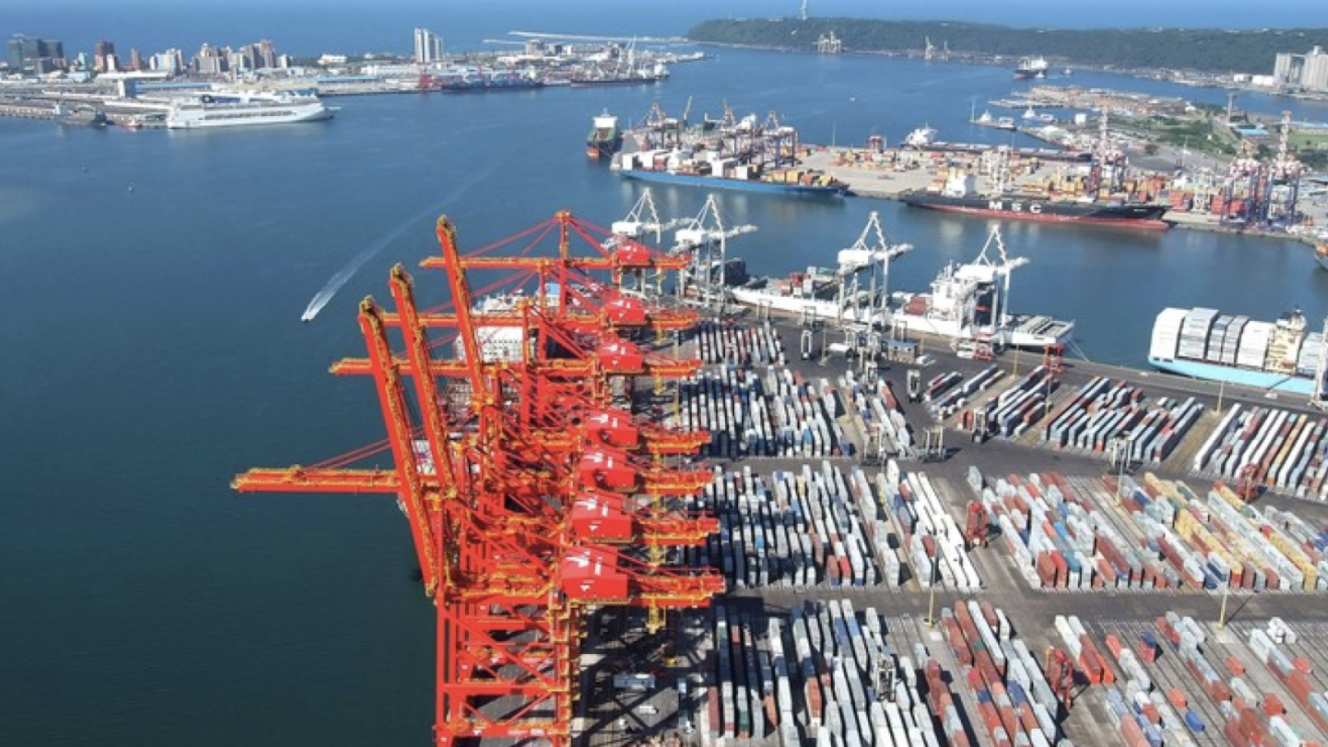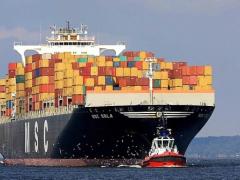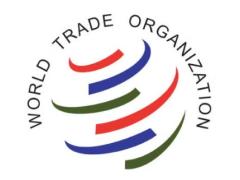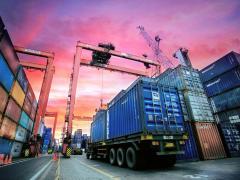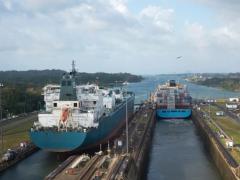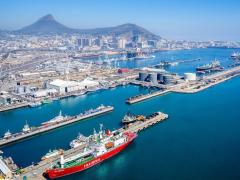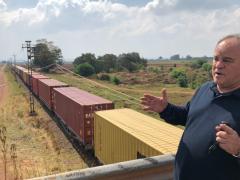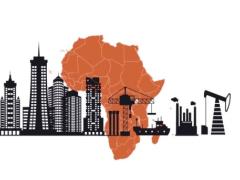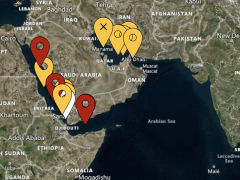Strong demand and increasingly strict regulations are driving innovation in dangerous goods logistics. The 10th annual Global Dangerous Goods Confidence Outlook states that “innovation in the dangerous goods (DG) supply chain is being driven by evolving business needs, regulations and increased investment. “A decade of survey data reveals a clear pattern: an organisation’s investment in compliance and levels of confidence are closely tied to how it perceives and prioritises DG”. Some 57% of DG professionals surveyed were confident in their company’s ability to maintain compliant and safe DG operations, and 35% were “somewhat confident”. The nine United Nations hazard classes include explosives, gases, flammable liquids and solids, oxidisers, toxic and infectious substances, radioactive material, corrosives and miscellaneous dangerous goods. Research and Markets puts the global dangerous goods logistics market at $274.8 billion in 2025. At a compound annual growth rate of 6.08%, it is expected to reach $369.13bn by 2030. This is supported by Global Market Insights (GMI), which puts the value of the market at $374bn in 2032. Looking at opportunities in the market, GMI states that the demand for specialised transport solutions for hazardous materials, including chemicals, explosives and radioactive substances, has grown significantly in recent years. “Each type of hazardous material requires specific containment, labelling and transportation conditions to ensure safety. “As industries such as pharmaceuticals, chemicals and energy continue to expand, the need for customised logistics solutions that comply with stringent safety and regulatory standards further intensifies among its end-users. “Managing supply chains, especially those involving hazardous goods, demands advanced logistics solutions. Effective coordination among manufacturers, transporters and regulatory bodies is essential,” it adds. Smarter packaging is one of the priority innovations identified by the Global Confidence Outlook, with 60% of respondents planning to invest in it over the next two years, and 26% calling it a major focus. Packaging issues such as leaks, damaged containers and failed certifications negatively affected the costs and reputation of 57% of respondents. ER
